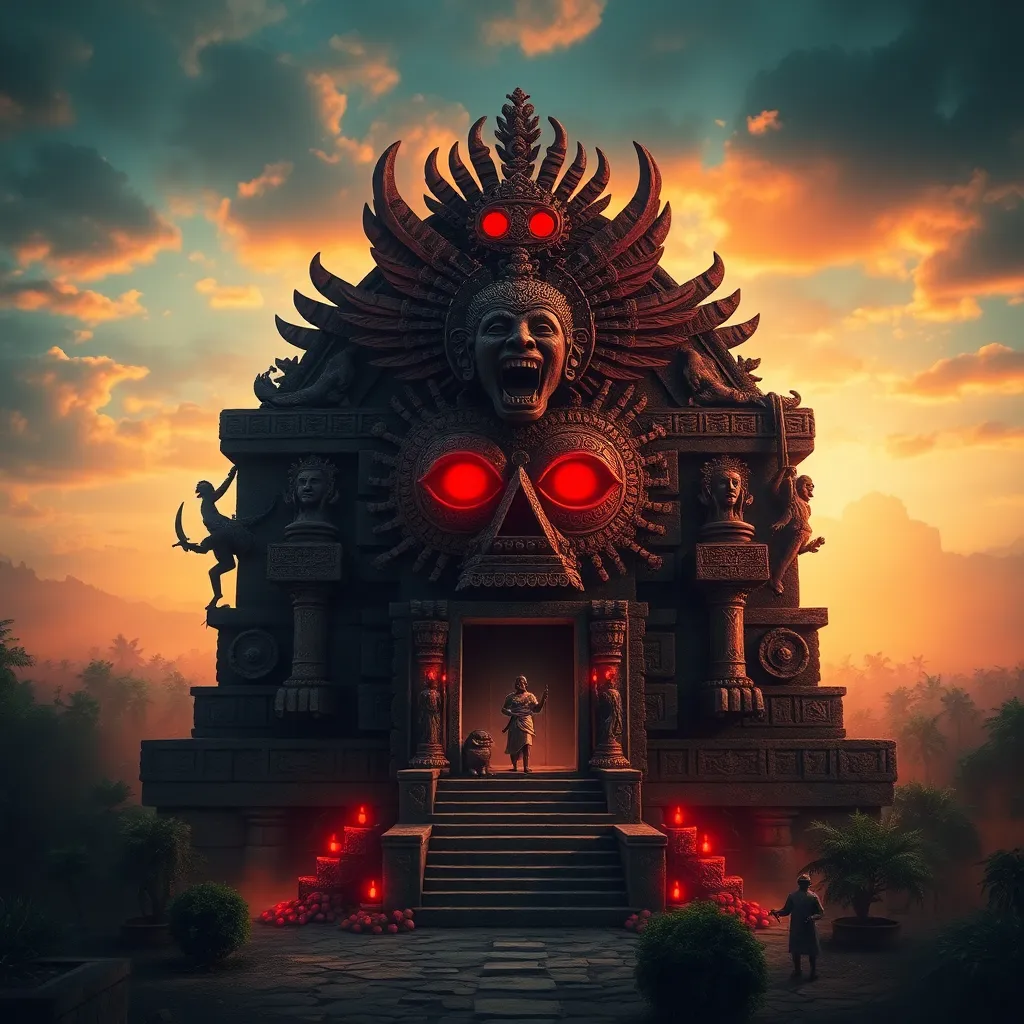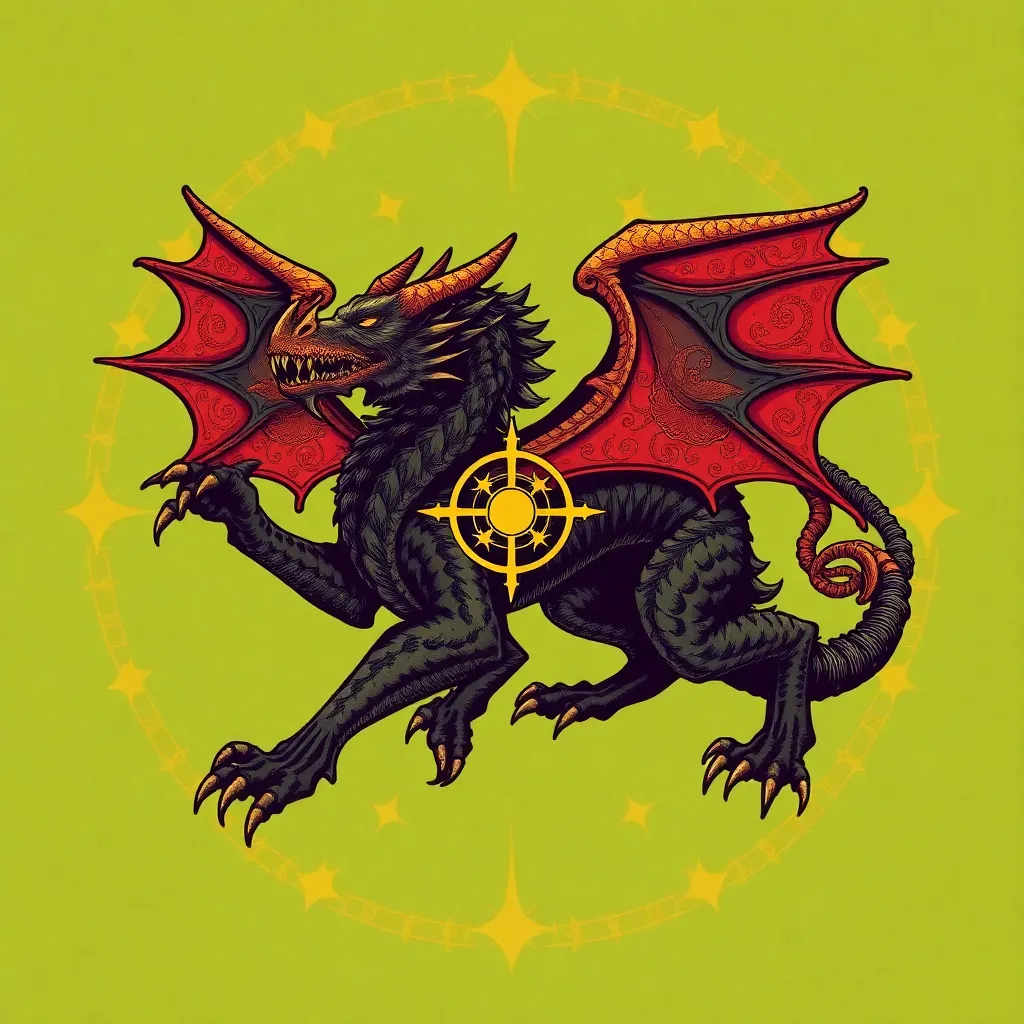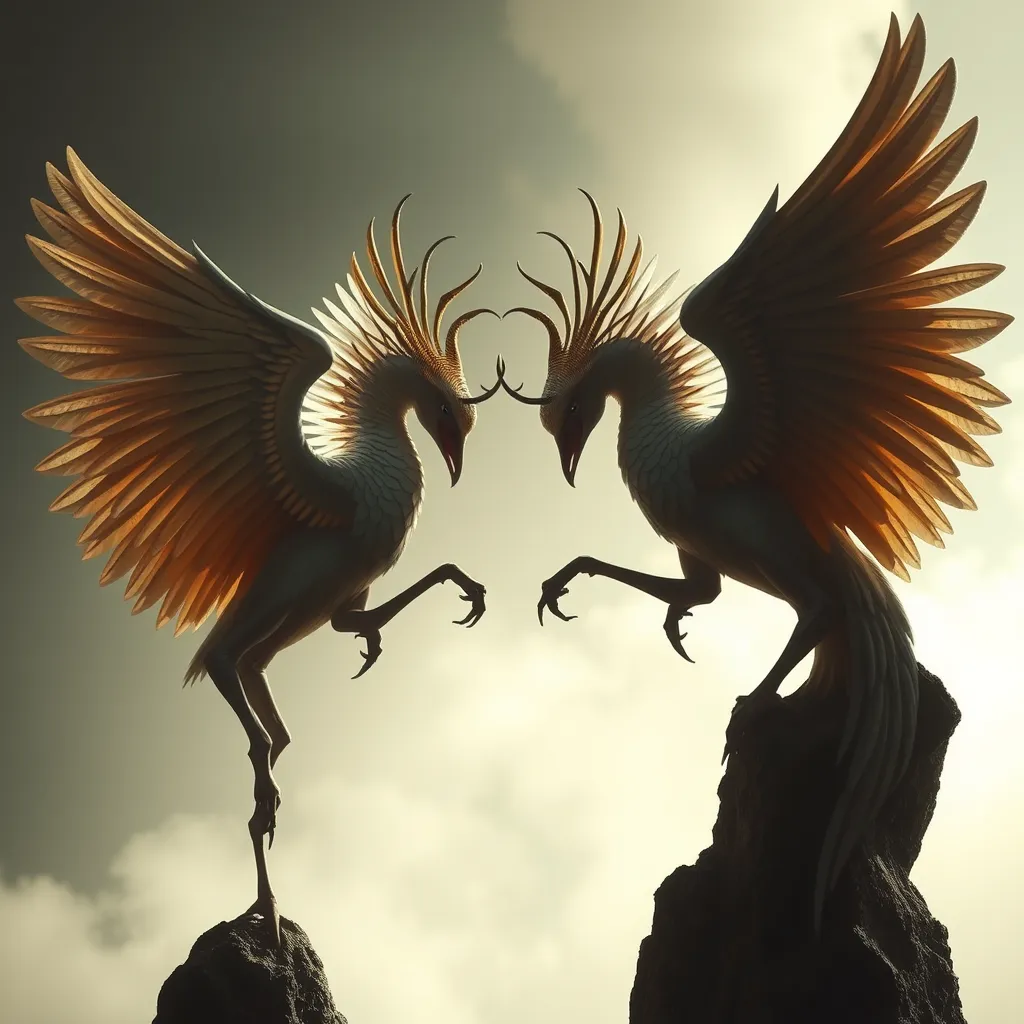Cipactli and the Afterlife: A Cross-Cultural Exploration of Serpent-Related Underworld Beliefs
I. Introduction
Cipactli, a significant figure in Mesoamerican mythology, embodies the complexities of creation and the cyclical nature of life and death. Known as a primordial creature, Cipactli represents the earth and is integral to the Aztec creation myth. This article explores the role of serpents in various cultures’ beliefs about the afterlife, with a particular focus on Cipactli and its symbolism.
Serpents are often seen as powerful symbols in many cultures, representing dualities such as life and death, creation and destruction, and transformation. This exploration will delve into the importance of these creatures in underworld beliefs and examine their representation across different cultures.
The purpose of this article is to provide a comprehensive overview of Cipactli and serpent-related underworld beliefs, drawing comparisons across various cultures and highlighting the significance of these myths in understanding humanity’s relationship with death and the afterlife.
II. The Myth of Cipactli
Cipactli is often depicted as a monstrous crocodile or serpent, a primordial being that existed before the creation of the world. In the Aztec creation myth, Cipactli plays a crucial role in shaping the earth and the cosmos. According to legend, the gods needed to create a world, and Cipactli was sacrificed to provide the materials necessary for creation.
The symbolism of Cipactli extends beyond mere creation; it is deeply intertwined with themes of life, death, and rebirth. As a creature of the earth and the underworld, Cipactli embodies the cycle of life, where death leads to new beginnings. Its depiction in Aztec art often illustrates this duality, showcasing the relationship between creation and destruction.
III. Serpent Symbolism in Mesoamerican Cultures
In Mesoamerican cosmology, serpents held significant meaning, particularly among the Aztecs and Maya. They were often associated with fertility, water, and the agricultural cycle, but their connection to the afterlife is equally profound.
- Aztec Cosmology: Serpents were viewed as messengers between the earthly realm and the divine, guiding souls to the afterlife.
- Maya Beliefs: The Maya associated serpents with the underworld, where they were seen as protectors of the dead.
Rituals and practices involving serpents were common in Mesoamerican societies. These included:
- Offerings made to serpent deities during agricultural festivals.
- Rituals involving the shedding of snake skins, symbolizing renewal.
- Use of serpentine imagery in tombs and burial sites to guide souls.
IV. Comparative Analysis: Serpent-Related Underworld Beliefs in Other Cultures
Serpent-related beliefs about the afterlife are not confined to Mesoamerica. Many cultures have their own interpretations of serpents as guardians or representations of the underworld. Here are a few notable examples:
A. Serpent Deities in Egyptian Mythology
In Egyptian mythology, Apep (or Apophis) is a giant serpent who represents chaos and the underworld. Apep is seen as the enemy of the sun god Ra, and his defeat symbolizes the triumph of order over chaos.
B. The Role of Snakes in Hindu Underworld Beliefs
In Hinduism, the Naga are serpent deities associated with water and the underworld. They are believed to protect treasures and can guide souls in the afterlife, symbolizing both death and rebirth.
C. Serpent Symbolism in Greco-Roman Mythology
In Greco-Roman mythology, Typhon is a monstrous serpent associated with storms and chaos. His battles against the gods represent the struggle between order and disorder, reflecting a complex relationship with death and the afterlife.
V. Psychological and Philosophical Interpretations
The serpent is often viewed as a symbol of transformation and renewal. This perspective can be seen in the shedding of a snake’s skin, a process that parallels human experiences of growth and change. Cross-cultural interpretations reveal a common thread of fear and reverence toward serpents, as they embody both danger and protection.
The serpent’s role in the human psyche regarding mortality is profound. It serves as a reminder of the inevitability of death, while also embodying the hope of renewal. This duality is central to many cultures’ understandings of life and the afterlife.
VI. Artistic Representations of Serpents and the Afterlife
Artistic depictions of Cipactli in Mesoamerican art highlight its significance in mythology. These representations often emphasize its monstrous features, symbolizing the chaotic forces of nature and the underworld.
Cross-cultural artistic portrayals of serpents in the context of death and the afterlife showcase a variety of interpretations:
- In Egyptian art, serpents are often depicted in tombs as protectors of the deceased.
- Hindu sculptures frequently feature Naga intertwined with deities, symbolizing the connection between life and death.
- Greco-Roman art sometimes portrays Typhon as a formidable figure, highlighting the struggle against chaos.
Modern interpretations of these ancient beliefs often seek to reconnect with these rich symbolisms, exploring their relevance in contemporary spiritual practices.
VII. Contemporary Relevance of Serpent Mythology
There has been a revival of interest in Mesoamerican beliefs and practices, with many seeking to understand the wisdom of ancient cultures. The role of serpents in modern spiritual practices reflects a desire to connect with these deep-rooted symbols.
Lessons from ancient serpent mythology can inform contemporary society by emphasizing the importance of understanding our mortality and the cycles of life. This knowledge can foster a greater appreciation for the interconnectedness of all living beings.
VIII. Conclusion
In summary, the exploration of serpent-related underworld beliefs reveals a rich tapestry of symbolism spanning multiple cultures. The myth of Cipactli offers profound insights into the cycles of life and death, while the comparative analysis of other cultures expands our understanding of this universal theme.
The enduring significance of Cipactli and similar myths speaks to humanity’s ongoing quest to comprehend the mysteries of life, death, and the afterlife. Ultimately, the importance of cross-cultural studies lies in their ability to illuminate our shared experiences and deepen our understanding of the human condition.



